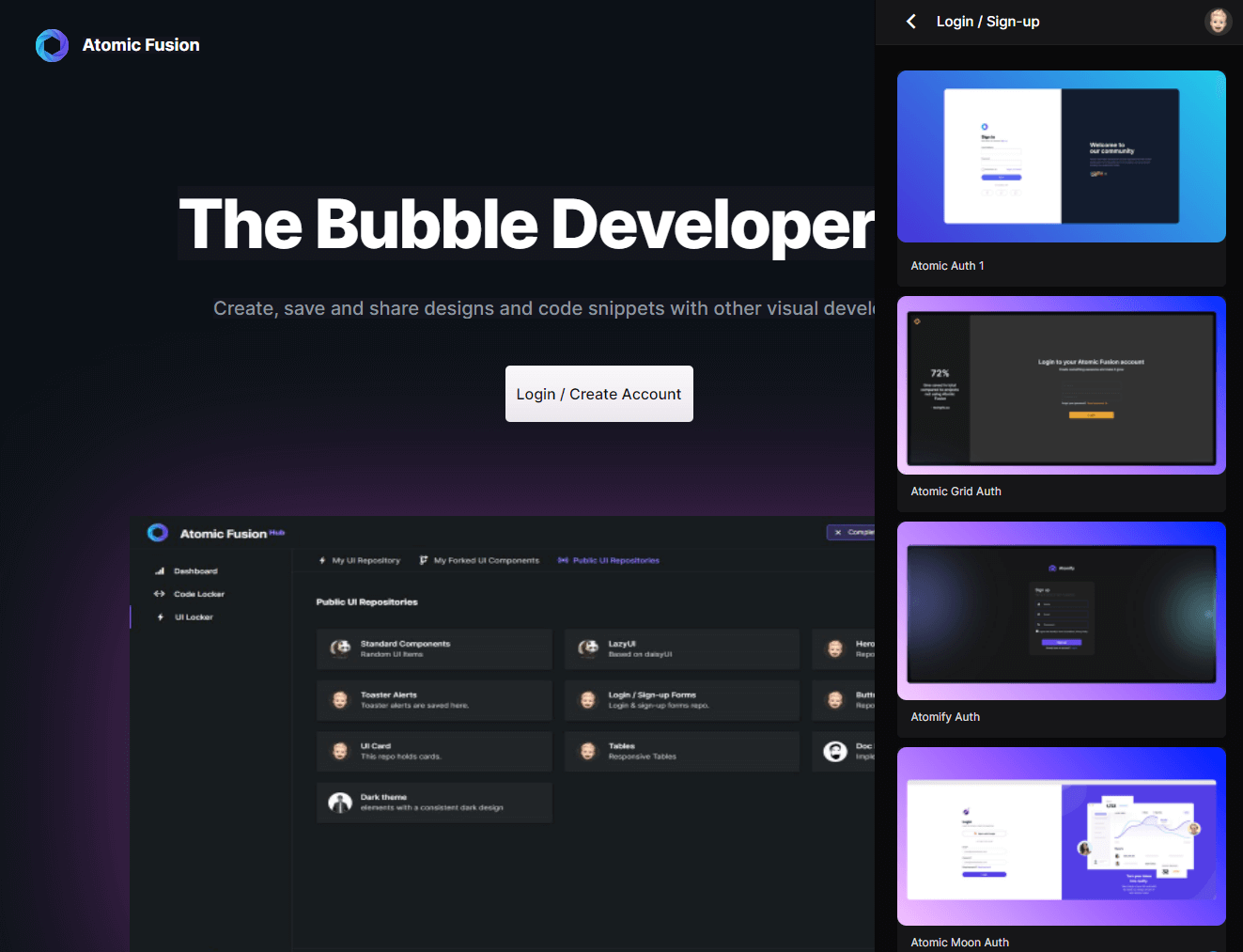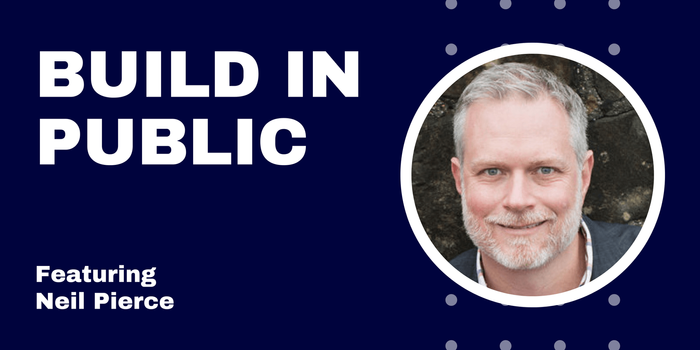Neil Pierce is a career information technology specialist, who has managed teams of IT professionals and come up with creative solutions to meet the needs of continually modernizing workplaces. Nearly eight years ago, Neil started to dig around for a product that could help him create internal IT tools; he began using Bubble and he never looked back. We spoke to Neil about how he chose to build with Bubble, and how this simple search turned him into the Bubble aficionado he is today.
What were you doing before you discovered no-code?
I’m originally from New Mexico and moved out to Texas in 2000 to start my IT career. Before I discovered no-code I was (and am currently) a full-time CIO for a mid-cap company. I currently run an internal IT department, and my background is in system architecture. My day job consists of running a team of 12 that supports multiple subsidiary companies under a parent brand. Prior to no-code, I was learning to build web apps with traditional code to facilitate needs we have within our department.
#NoCode new navigation bar drop in @atomicfusionio. Big shoutout to @julie_bibibel for creating this and getting it approved to go in the AF marketplace! This is a free component so all users can grab it. It's also a reusable element. #buildinpublic #buildwithbubble
— Neil Pierce 🇺🇦 (@NeilRyanPierce) March 18, 2022
🔥🔥🔥🔥 pic.twitter.com/k0OcuD8q1U
How did you discover no-code tools like Bubble?
I discovered Bubble back in 2014 or so by doing a simple Google search. At that time, the concept of “no-code” wasn’t so big: I was simply trying to find a tool that would let me build web applications for internal use without having to learn how to code. I started looking for these types of tools after multiple tries of learning to code. I simply found that I don’t have the patience to write endless lines of code all day long; I found that I learn and create best by visually seeing what is happening on the “canvas” (i.e. screen) as opposed to translating code and having to envision what the code is going to do. Bubble actually led me to the discovery of no-code! I’m glad Bubble was the first true no-code tool that I came across, as I believe it’s the most powerful tool out there.
What motivated you to start using Bubble specifically?
I was motivated to use Bubble years ago as I saw the potential behind its ability to build “Full-Stack Applications” — I didn’t want to have to stitch together multiple no-code applications to get results. Bubble allows you to do pretty much anything all in one application, and that keeps me sticking with Bubble.
What have been your most exciting projects on Bubble?
My most exciting Bubble project has by far been Atomic Fusion. Atomic Fusion is a Google Chrome extension and hub experience that allows users to easily save, share and reuse Bubble components and. Atomic Fusion speeds up Bubble development time significantly when building your front-end. There are a few other features as well, including saving code snippets for reuse and the ability to share them publicly.

What was the most difficult part of learning no-code tools?
There is a bit of an effort that needs to be put forward to learning Bubble but it’s very much worth it. Learning Bubble is nowhere near as hard as learning to code, but since it’s such a powerful tool, it does require you to learn a lot. I got past this curve by leveraging the many tutorials and educational content provided by the no-code and Bubble community on Twitter and the forum. There are endless amounts of resources out there now; to give back, I’ve even contributed my own learning material! There is no better time to start learning Bubble than right now. If you don’t know how to do something, chances are somebody has already figured it out and has provided a tutorial on how to accomplish what you need.
Do you have advice for folks just starting out on their Bubble journey?
My advice to individuals new to Bubble is to just dive in and build something small. Spend most of your time upfront learning how to build properly when it comes to front-end and back-end. This will save you loads of time in the future when you know how to properly leverage Bubble the way it’s intended to be used. Also, join a community of Bubble developers. There are a couple very good ones out there and everybody is very friendly and willing to help you. Finally, don’t give up on Bubble when it gets a little bit tough to understand certain concepts. You must have patience and be willing to focus on how Bubble does things.
Checkout this Code Snippet on @atomicfusionio
— Neil Pierce 🇺🇦 (@NeilRyanPierce) March 25, 2022
iFrame that will pull the source URL in full page with no horizontal scrollbar and be fully responsive. It makes it look like the real site. Credit also goes to the @bubble forum. #BuildwithBubble https://t.co/rqBPOTjbFX pic.twitter.com/MbeizdiPTY
I know you built Atomic Fusion in public. Can you describe how it feels to build in public, and anything you’ve learned from your experience?
In my opinion, building in public is the best way to build buzz and a following around your product: those that follow your journey get an in-depth understanding of the value proposition you’re offering and understand your product in full when it’s launched. Being authentic and open with your build is also a great way to build relationships and trust with potential users.
Some struggles I experienced when building in public is you’ll come across individuals that will try to get you to build your product around their individual needs. You should be cautious of building features; one or two individuals should not be your guide for how or what to build in your product. Also, be prepared to be criticized in public. I’ve experienced individuals giving really good feedback that is both positive and negative. I’ve also experienced individuals that simply want to troll and start arguments for the sake of arguing. Simply ignore these individuals and consume the feedback that’s constructive.
The build in public efforts have grown my Twitter user following dramatically and made it a lot easier to acquire users of my product when it launched. I truly believe I wouldn’t have had the early success with Atomic Fusion if I didn’t build in public.
#NoCode here's a Dark Mode Twitter Tags clone with an @bubble RG. Demo link attached on the @atomicfusionio playground site. Small code snippet required for wrapping. #Buildinpublic #BuildwithBubble.https://t.co/OwlS9e4xv4 pic.twitter.com/p1i6hOwNbX
— Neil Pierce 🇺🇦 (@NeilRyanPierce) March 28, 2022
Build your app on Bubble's Free plan. No need to upgrade until you're ready to launch your app.
Join Bubble





